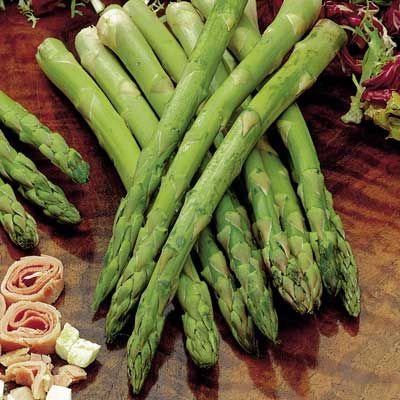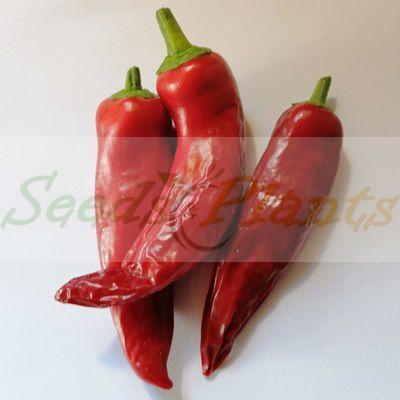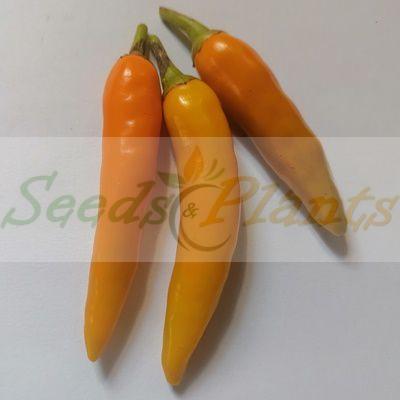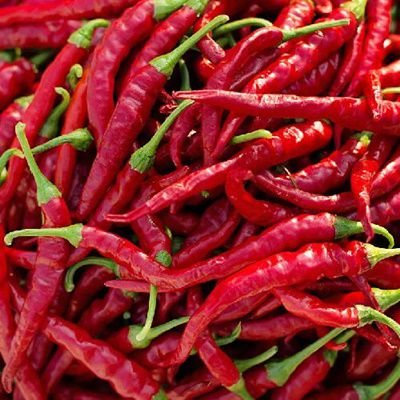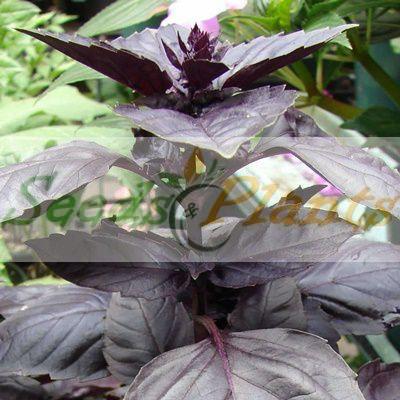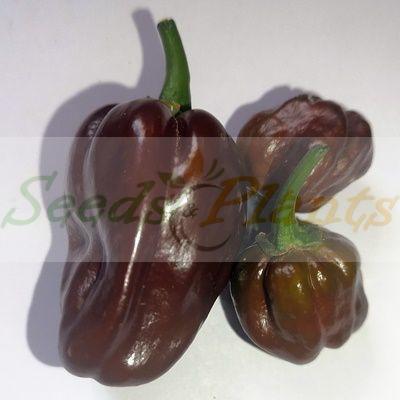🥕 Vegetable Quick Facts
Growth Traits
- 🌱 Life Cycle: Perennial
Asparagus Mary Washington – 20 Seeds
(Asparagus officinalis ‘Mary Washington’)
R30.00
Thick, juicy spears with purple/green tip and resistance to rust, which commonly plagues asparagus plants.
Indoor Sowing: Late Winter and Early Spring.
Direct Sowing: Spring.
Out of Stock
Email me when the product is back in stock.
🥕 Vegetable Quick Facts
Growth Traits
- 🌱 Life Cycle: Perennial
Asparagus Mary Washington.The Mary Washington (Asparagus officinalis) variety of asparagus is one of the most commonly grown thanks to its thick, juicy spears and resistance to rust, which commonly plagues asparagus plants.
It is a perennial vegetable growing to 150cm. Long, straight, green spears with purple/green tip. Mary Washington have male and female flowers on separate plants. Male flowers are larger and longer than female. Males plants do not have to expend energy in producing flowers and fruit and typically produce better crop yields. Plants eventually grow into towering ferns in the summer and then die off after frost and are dormant during the winter. Female plants produce red berries in late summer that will drop in autumn. The fine fern like foliage makes it a natural for edible landscaping.
This perennial vegetable is harvested in spring, producing a high yield of tender spears from a rhizome crown. Outstanding flavor. Can be used raw or cooked. Considered a gourmet food.
Growing Mary Washington Asparagus
Indoor Sowing: Late Winter and Early Spring.
Direct Sowing: Spring.
- Prefers loose, deep soils high in organic matter.
- Prefers pH near 7.0, but tolerates a wide range. Add lime and fertilizer to the garden bed before establishment.
- Can be grown in full sun to partial afternoon shade
- Fill a seed flat with sterile potting soil and sow the seeds 1cm deep and 5-7cm apart in the flat.
- Water the potting soil to keep it moist and place the seed flat in a sunny location.
- Transplant seedlings outdoors as soon as the soil can be worked.
- Water during dry spells during the first year. Do not over-water as plants don’t tolerate water-logged soils.
- Midsummer mulching will help to control weeds and keep soil from drying out.
- Regularly apply compost or well-rotted manure to provide a steady source of nutrients.
- Keep the planting bed around asparagus free of weeds and clean up all plant debris in autumn.
- Do not cut back ferns in Autumn until they die naturally.
Disclaimer
Medicinal Information:
All medicinal information on this website is for educational and informational purposes only and may not be construed as medical advice. The information is not intended to replace medical advice or treatment offered by healthcare professionals.
Seeds, Plants, Plant Cuttings, Geophytes and Dried Herbs:
In some countries and provinces, certain plants are deemed as invasive and are not allowed to be planted at all, whilst some plants are allowed to be grown only in certain areas or provinces. The onus is on you as the buyer to familiarize yourself with the regulations pertaining to your location, before purchasing any of our seeds, plants, plant cuttings, geophytes or dried herbs. We will not be held liable, should you purchase any seeds, plants, plant cuttings, geophytes or dried herbs. from us which are prohibited in your country or province.
Related products
Long Red Cayenne Chilli Pepper – 20 Seeds
(Scoville heat units: 30,000 to 50,000)
Chocolate Habanero Chilli Pepper – 10 Seeds
(Scoville heat units: 300,000 to 425,000)


